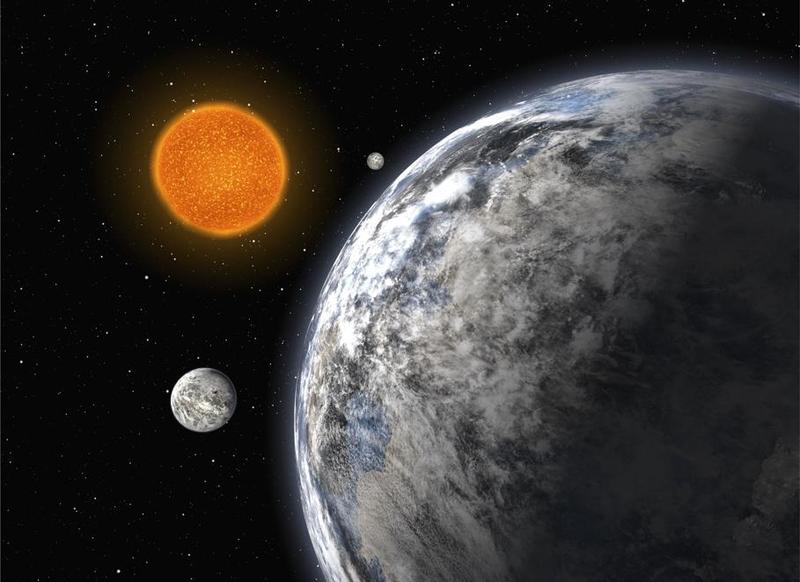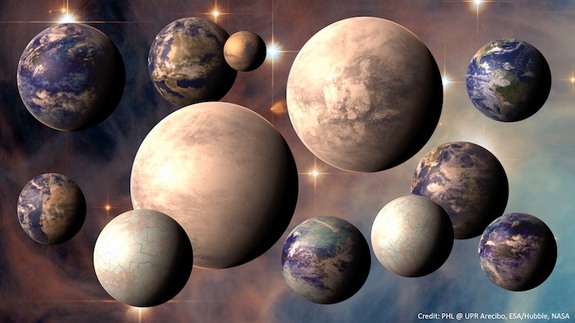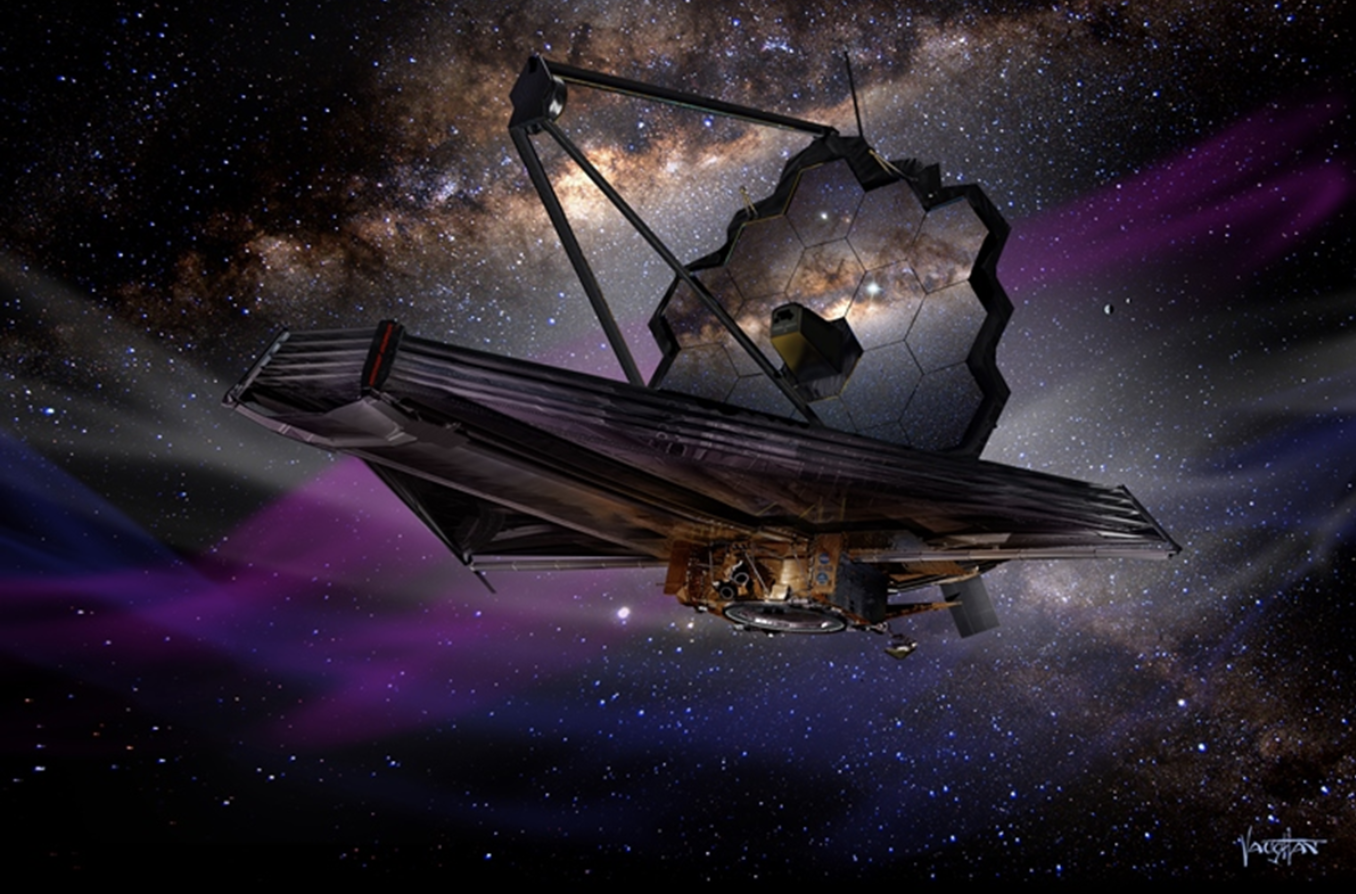If we ever discover life elsewhere in the universe besides on earth, it will change the way we think about our significance in the scheme of things. To try and make this historic moment happen, scientists are studying specific life forms on earth that could potentially survive on other, earth-like planets.
Microbe organisms known as extremophiles can live in the craziest places here on earth. An example of one is a Radioresitant organism, which can survive high exposures of radiation. Another type is a Halophile, an organism requiring at least 2M of sodium chloride to grow, a chemical otherwise toxic to humans in its pure form! Below is a picture of a living Halophile.
There are hundreds more extremophiles that we have discovered on earth, and there are probably thousands still waiting to be found. It seems like these kinds of creatures are somewhat alien here on our planet, but on other planets they may flourish.
Lets say, hypothetically speaking, there is an earth-like planet a few hundred light years away from our own. However, instead of water and plants covering the its surface, there is water and very high concentrations NaCl (sodium chloride). It may seem impossible for life to form in this type of environment, but maybe variations of Halophilic organisms are thriving and evolving to form more complex species.
In the search for life elsewhere in the universe, it is important to remember that extraterrestrials does not only refer to little green men. Life develops in both complex and simple forms on Earth, as it may elsewhere. Discovering bacteria (not originating from Earth) on another location in our solar system or beyond qualifies as an extraterrestrial.
Published by: Julia Mariani
(Images credit: NASA)





